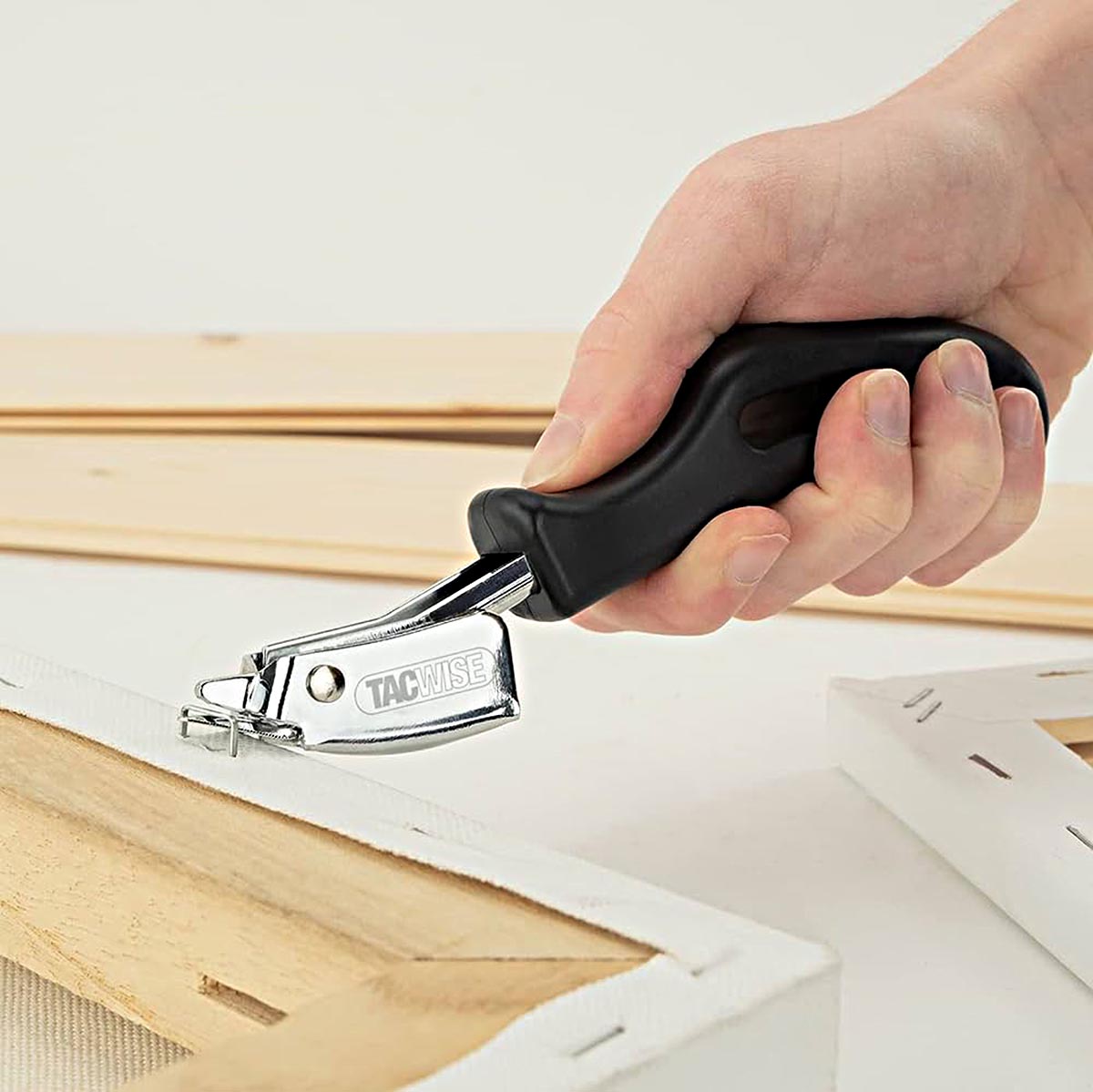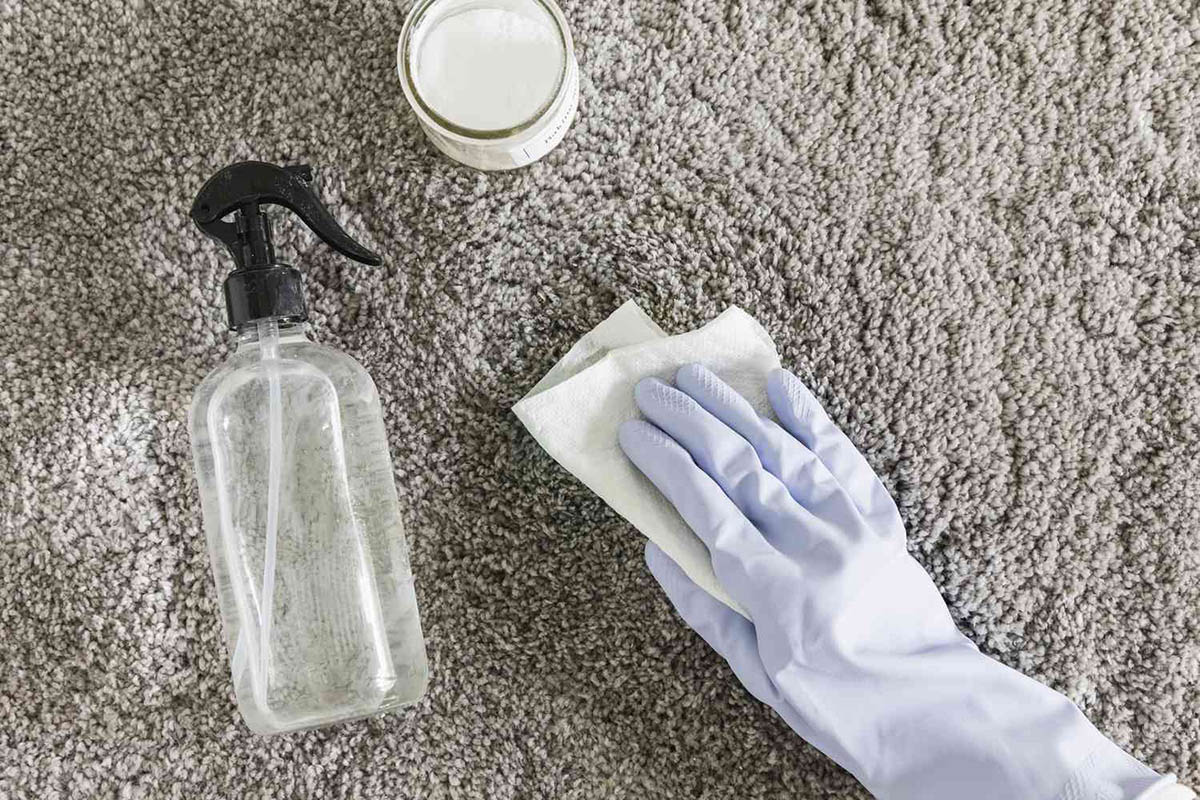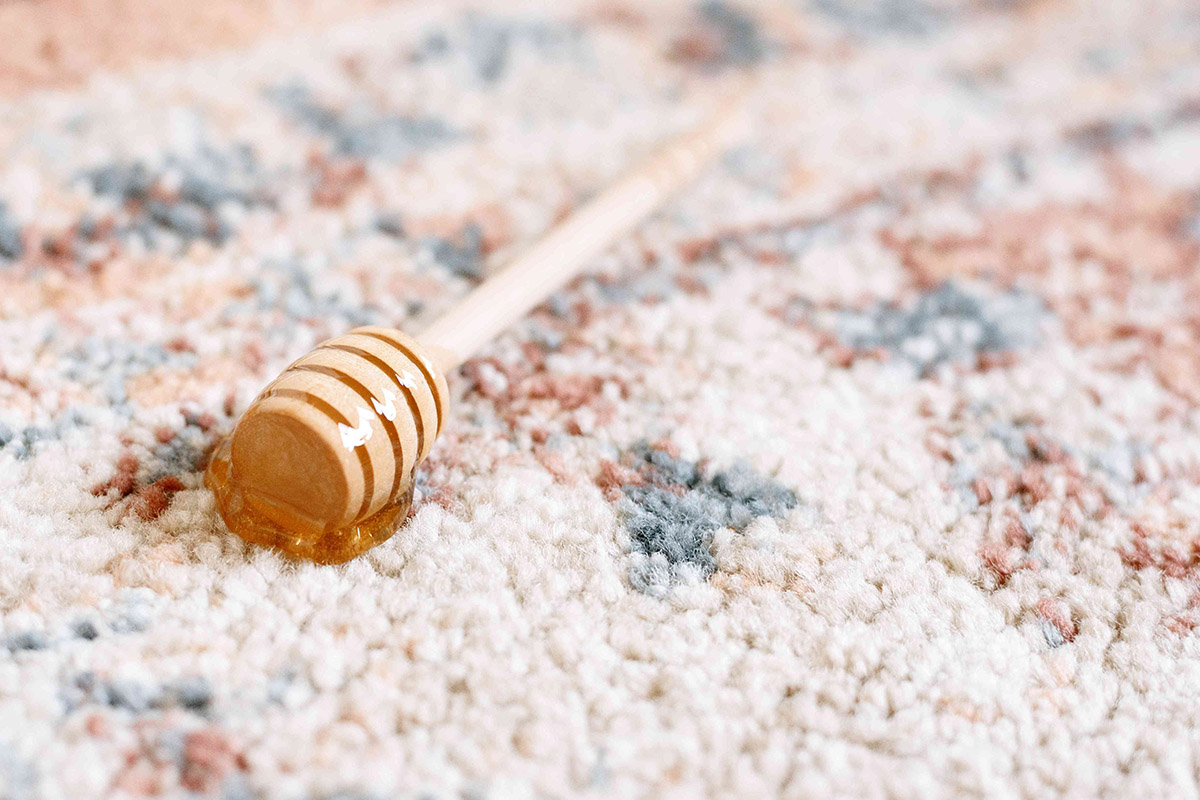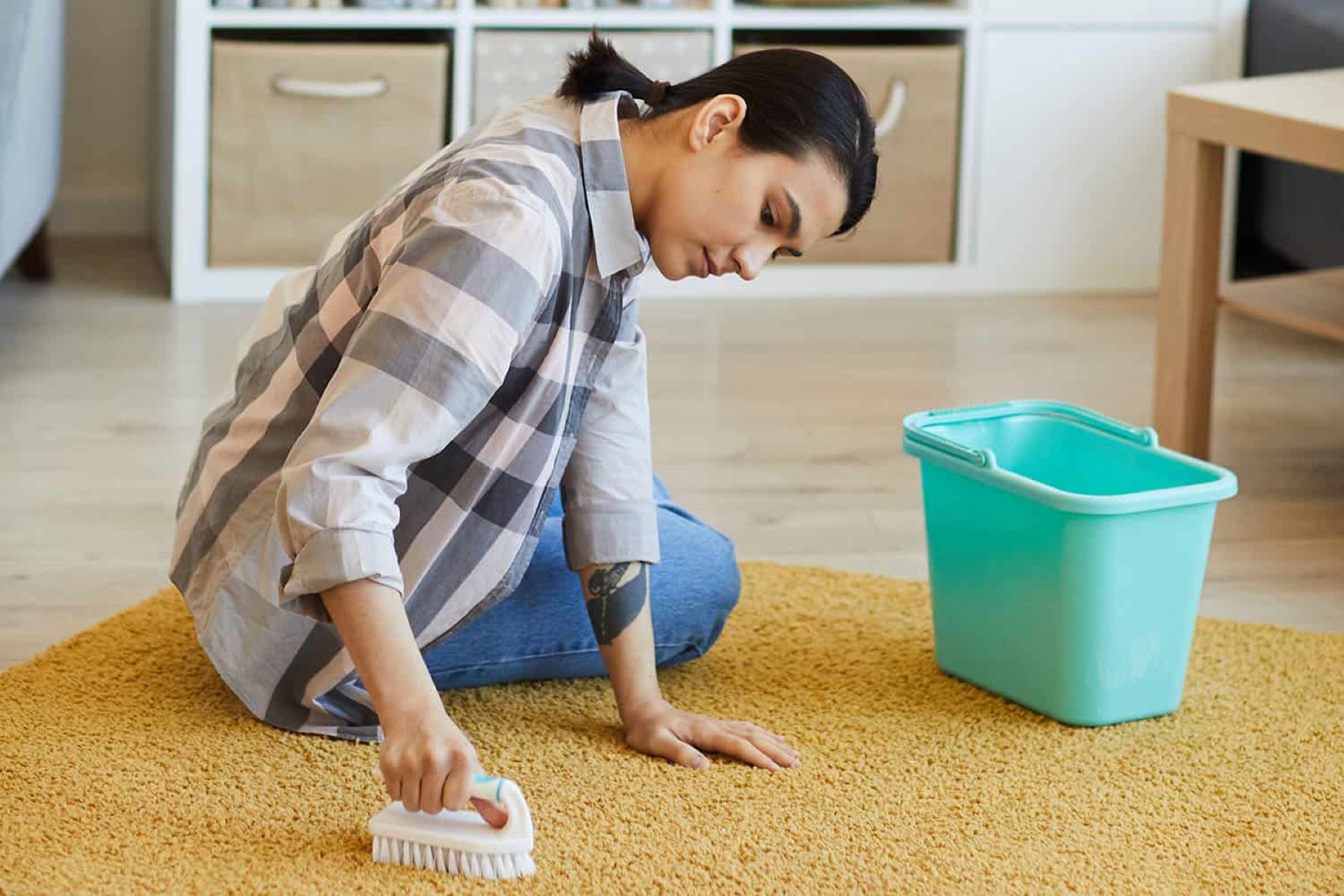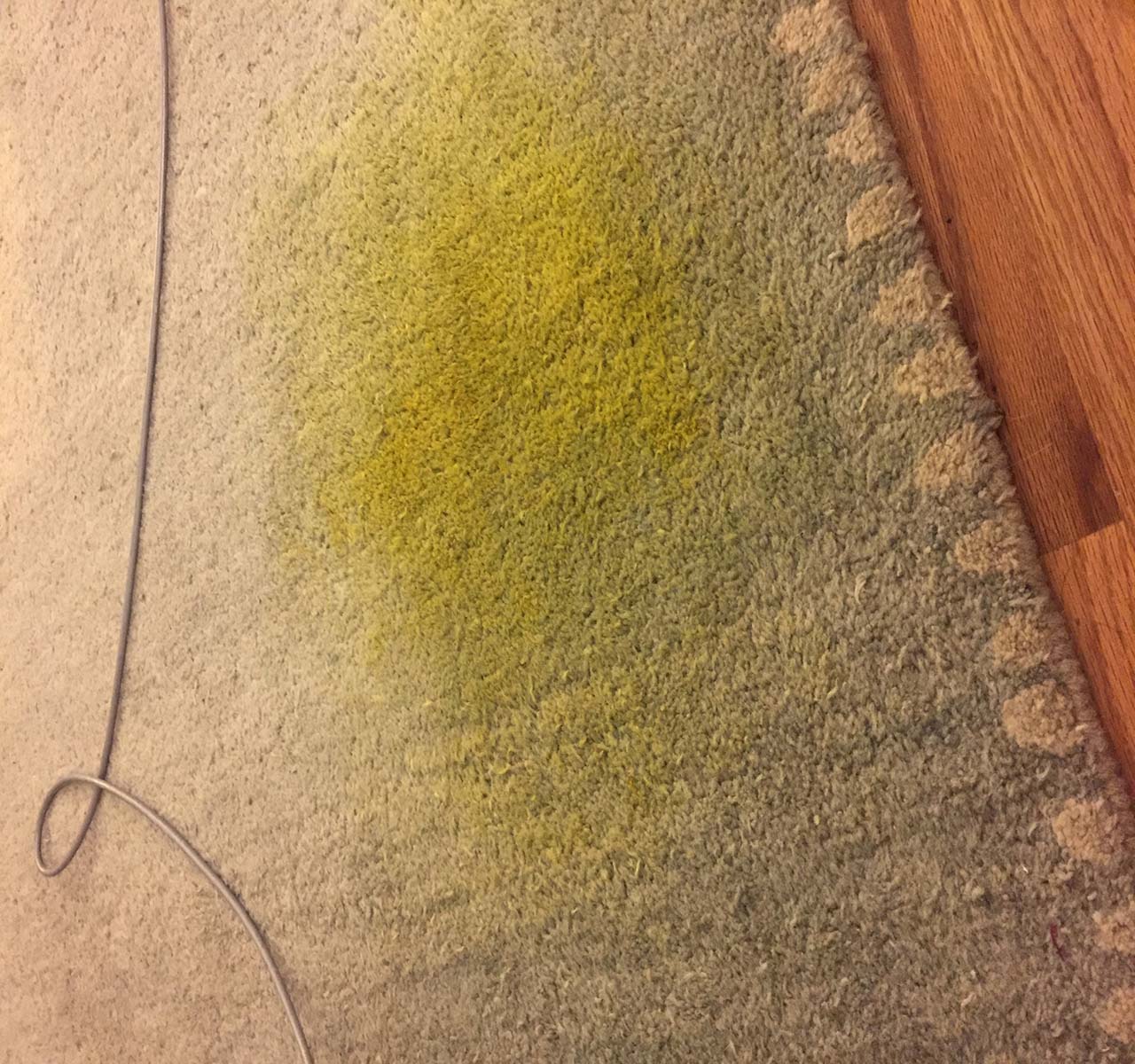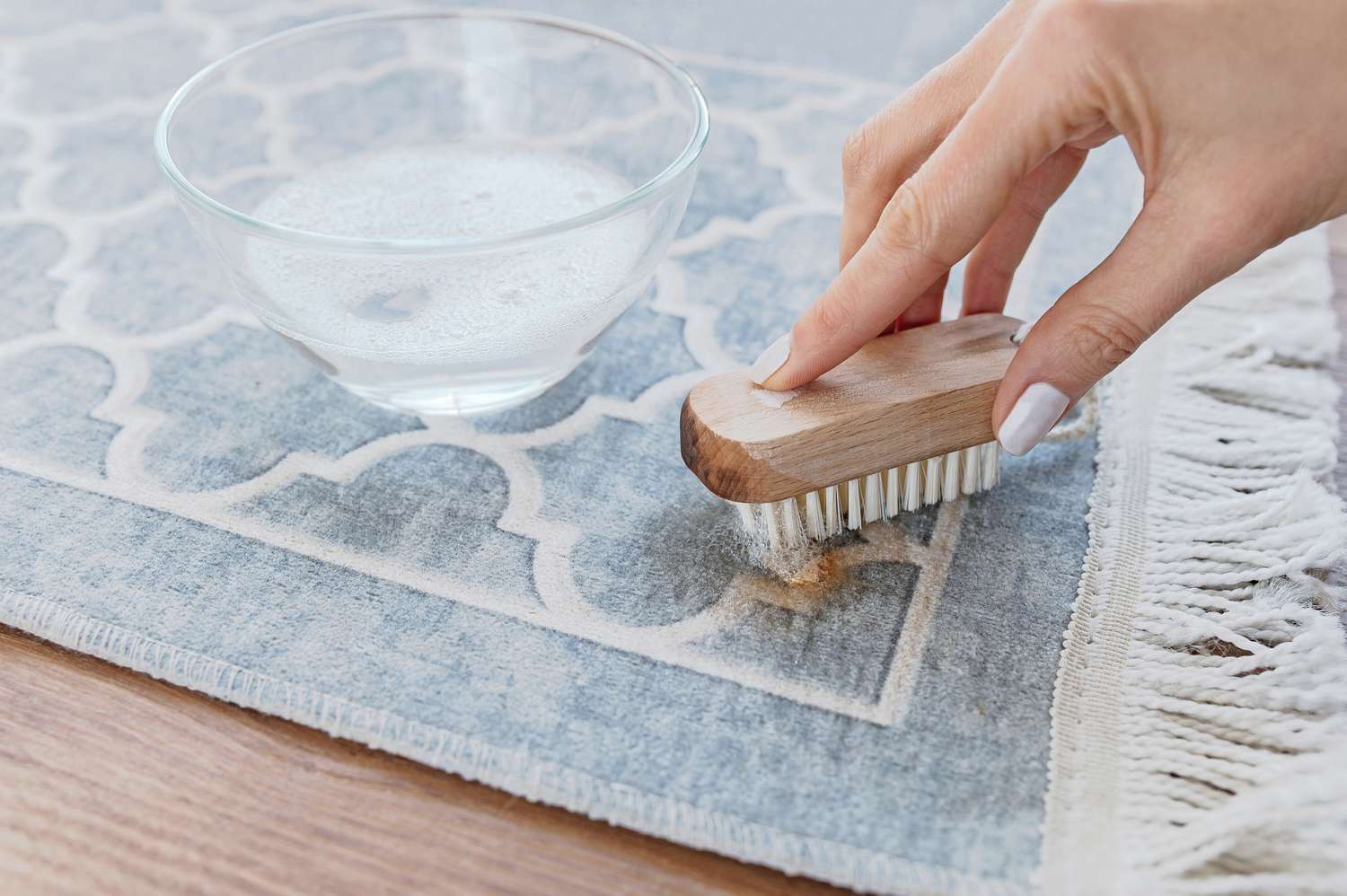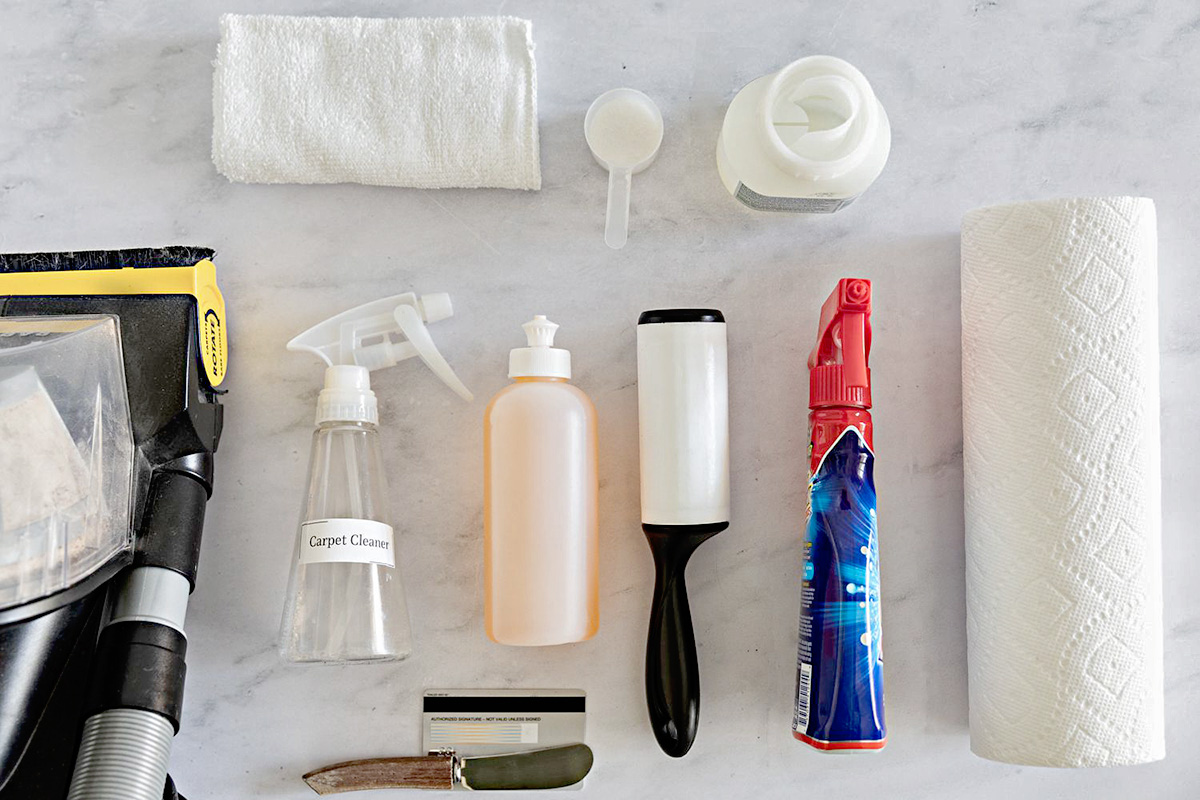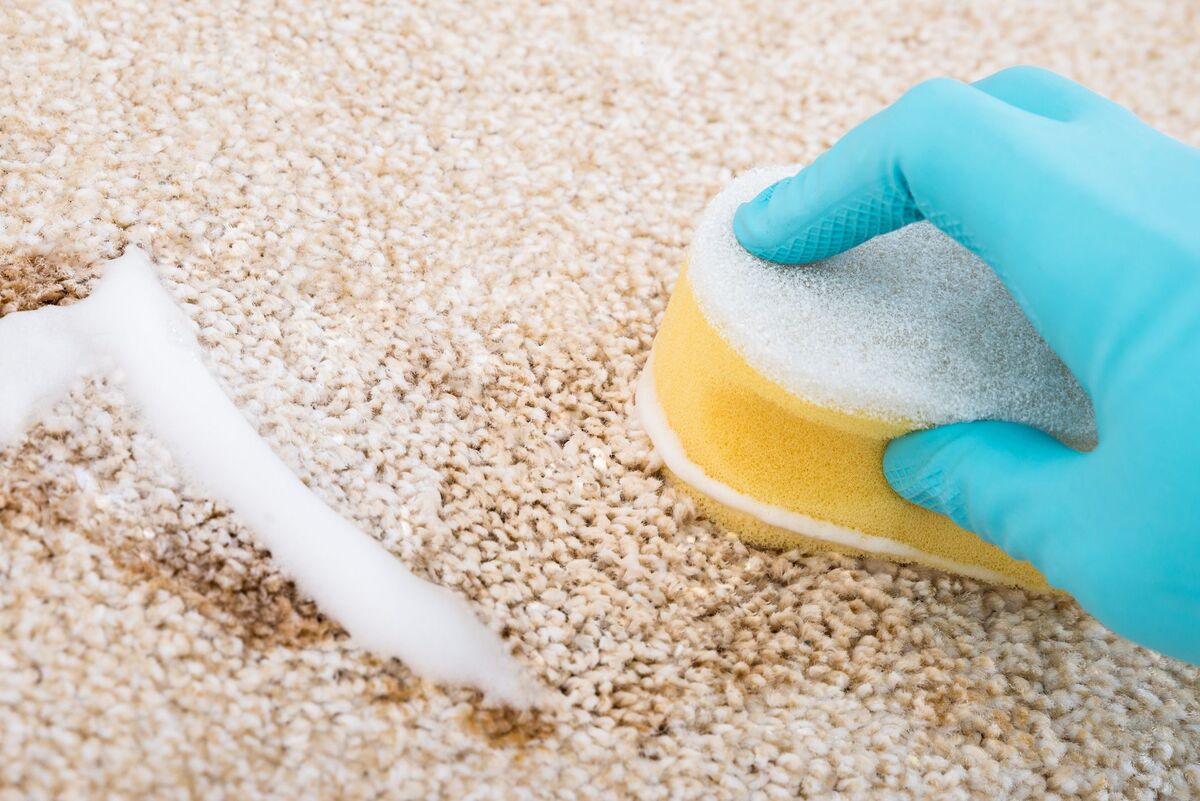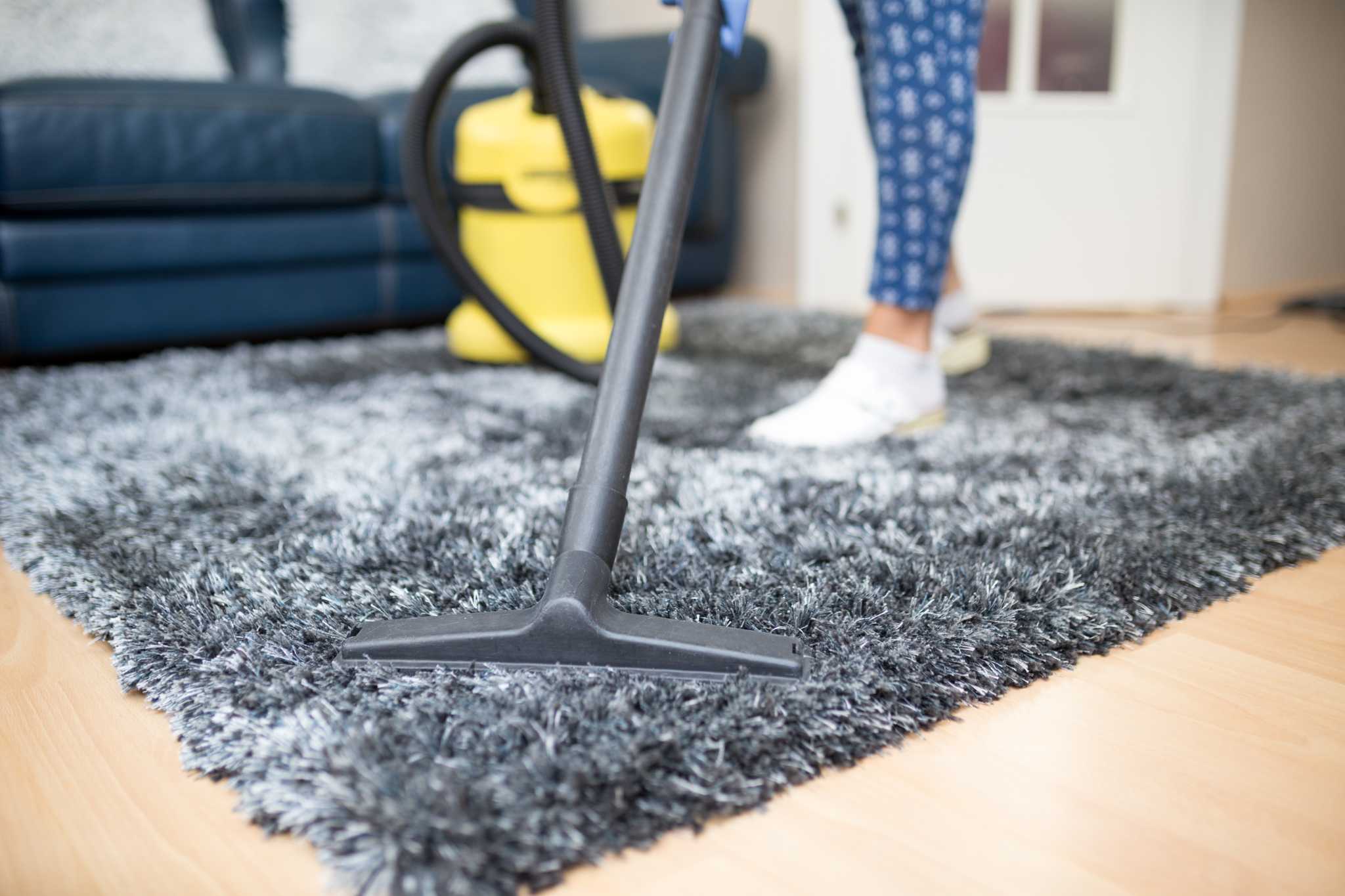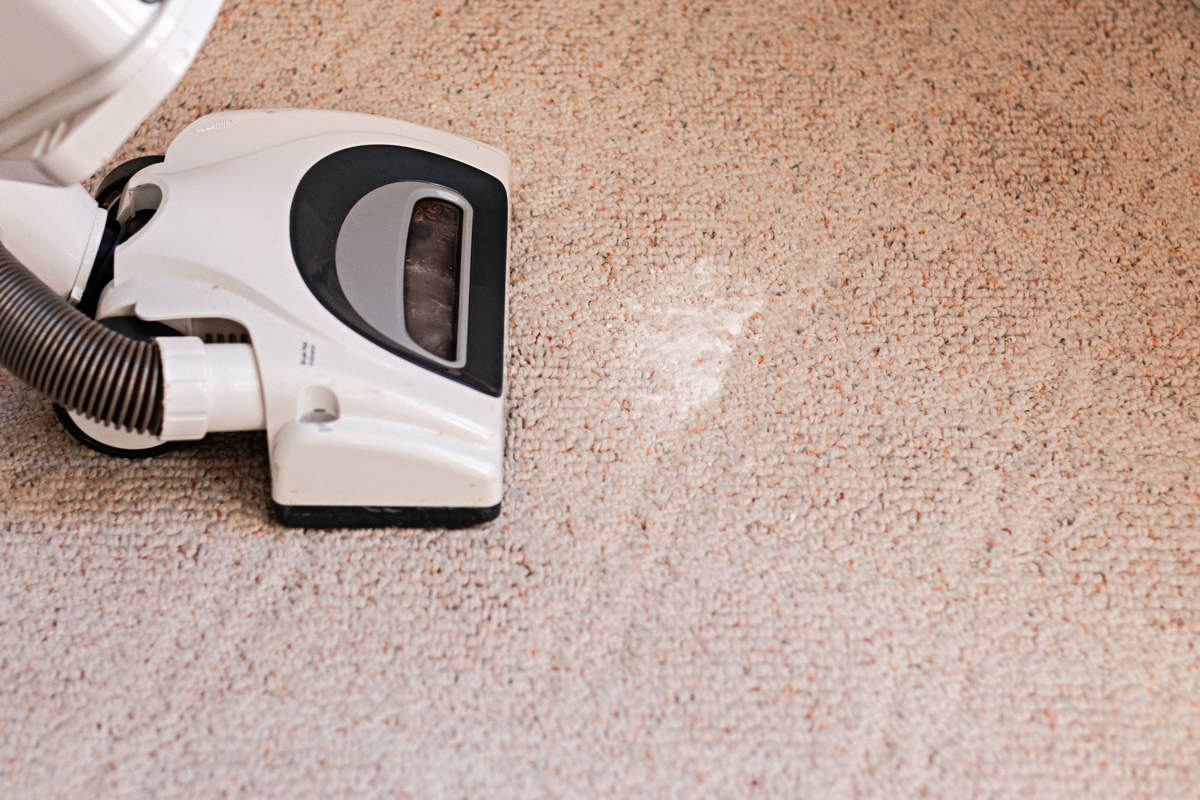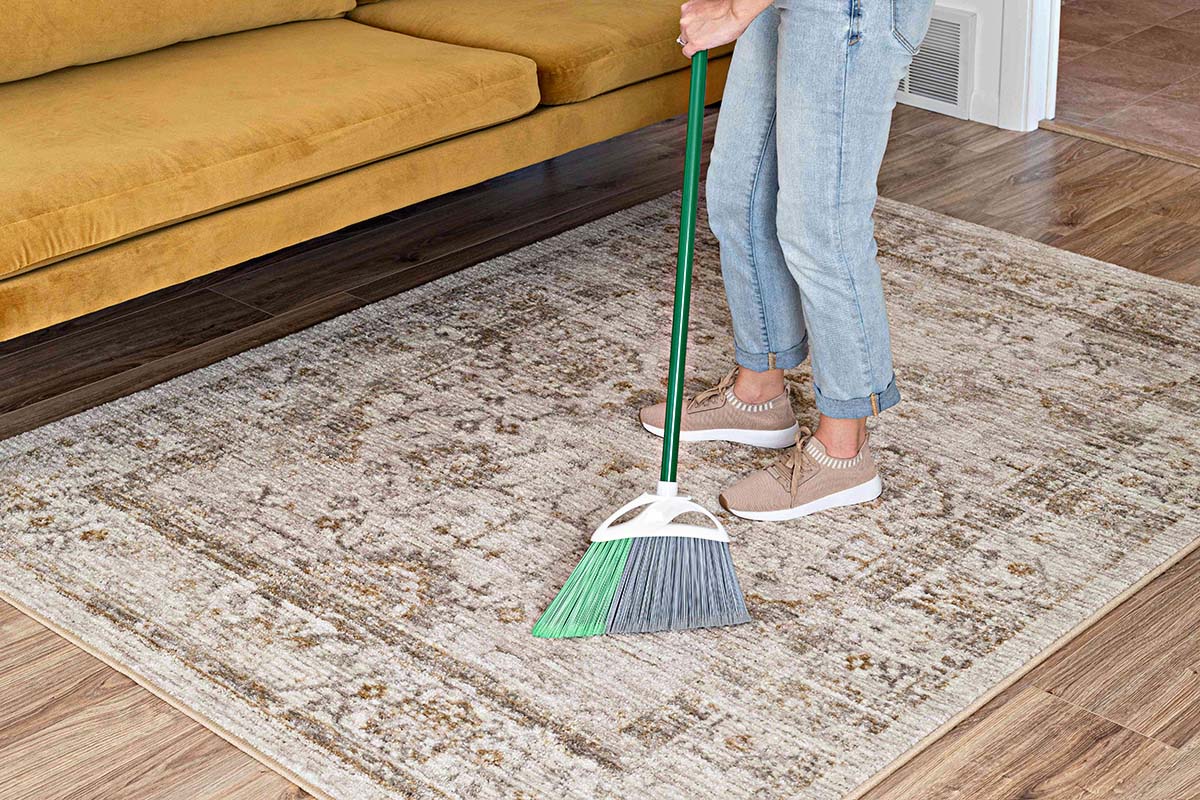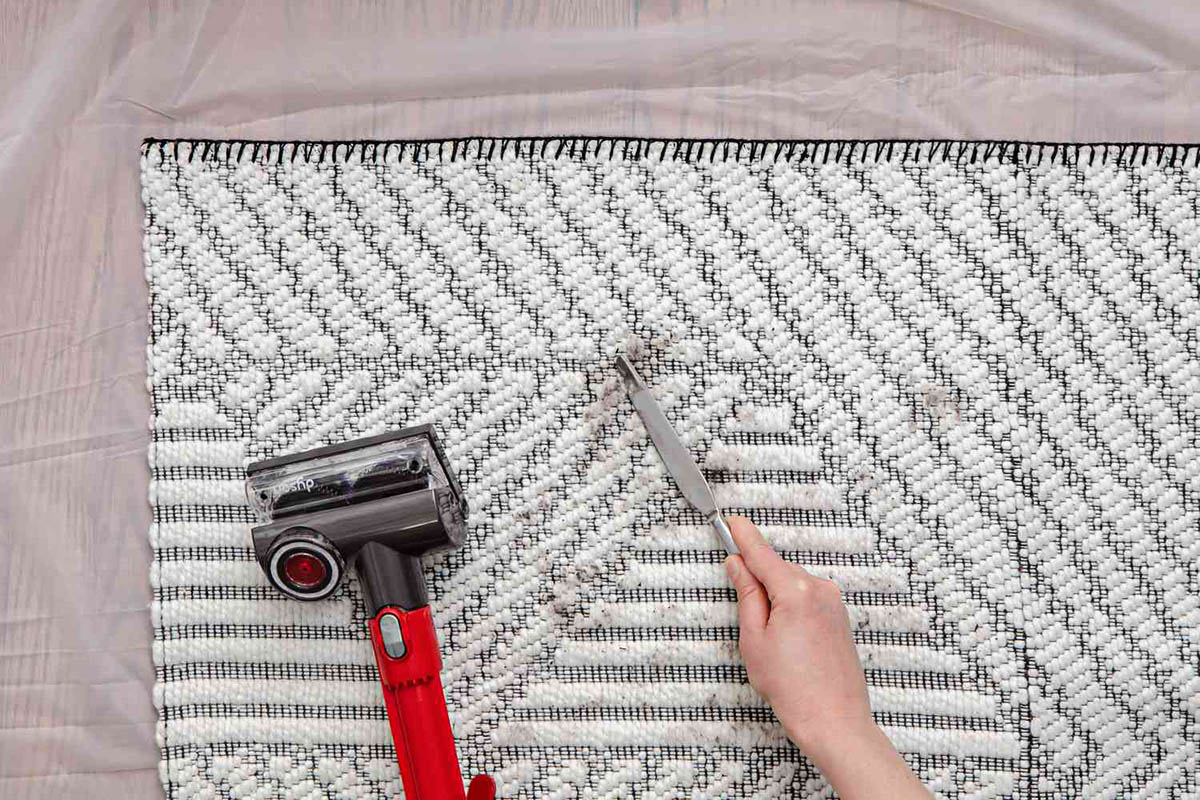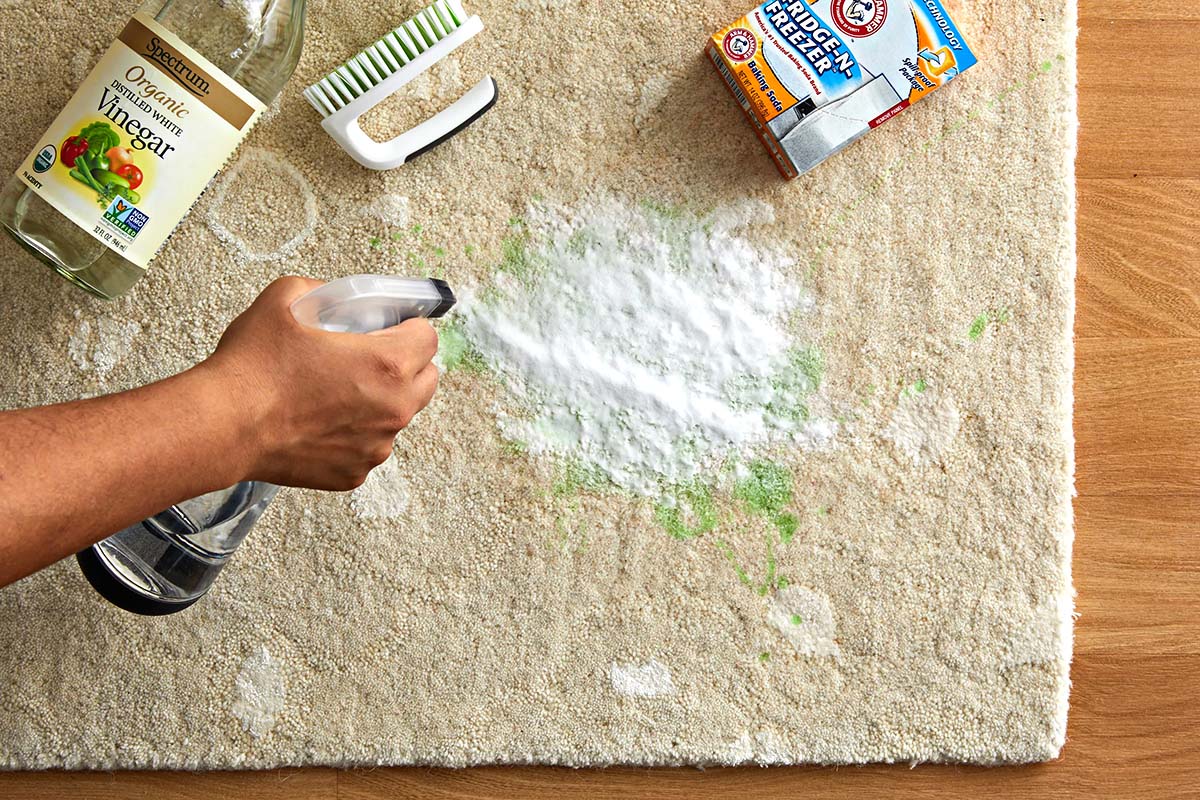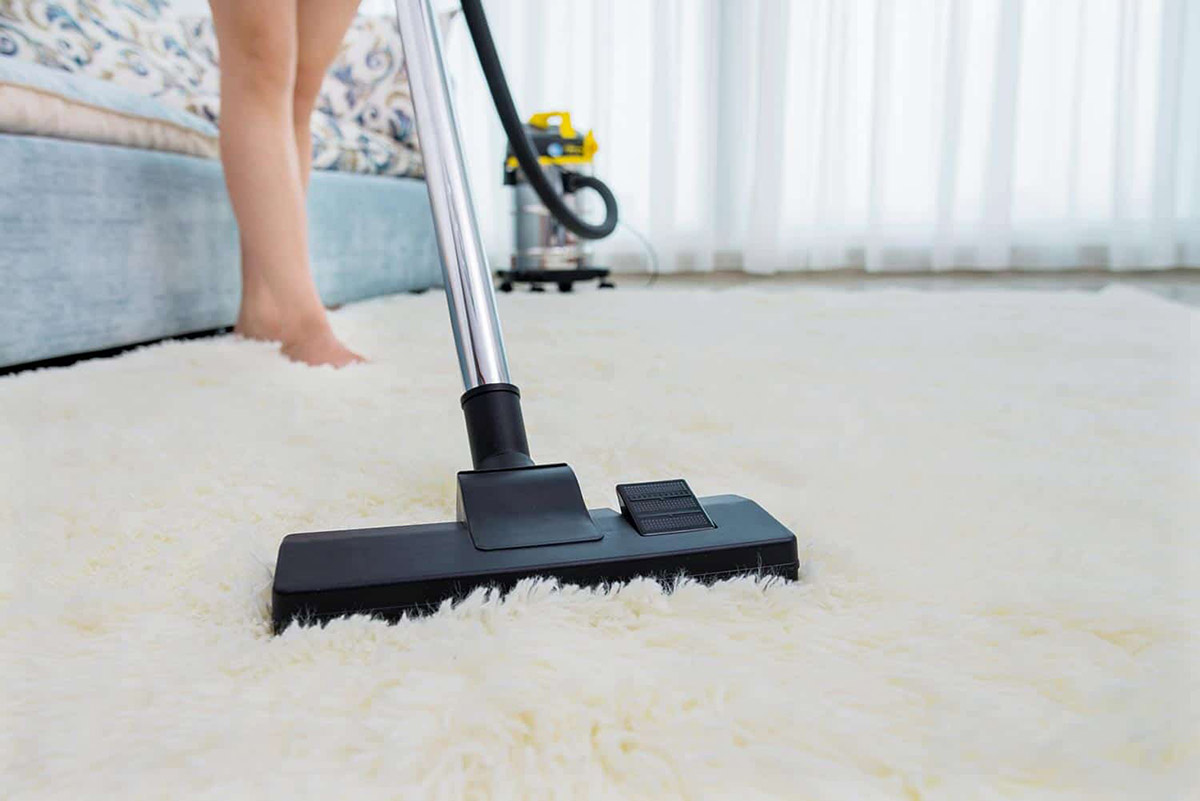

Articles
How To Get Kitty Litter Out Of A Carpet
Modified: August 23, 2024
Learn effective methods and tips on how to remove kitty litter from a carpet in this helpful article. Say goodbye to pesky litter stains for good!
(Many of the links in this article redirect to a specific reviewed product. Your purchase of these products through affiliate links helps to generate commission for Storables.com, at no extra cost. Learn more)
Introduction
Dealing with kitty litter on your carpet can be quite a challenge. Whether it’s a fresh spill or dried particles embedded deep within the fibers, it’s important to act quickly to prevent any potential damage and unpleasant odors. In this article, we’ll guide you through the steps to effectively remove kitty litter from your carpet, leaving it clean and fresh again.
Before we dive into the process, let’s go over a few supplies you’ll need to gather:
- Disposable gloves
- Paper towels or clean cloth
- Plastic scraper or spoon
- Vacuum cleaner with brush attachment
- Stain remover or homemade cleaning solution
- Carpet cleaner or steam cleaner (optional)
Once you have these supplies ready, you can begin the process of restoring your carpet to its pristine condition.
Key Takeaways:
- Act quickly to remove fresh kitty litter from your carpet by blotting with paper towels or a cloth, and gently scrape off dried litter to prevent damage and odors.
- Thoroughly vacuum the area and treat any stains or odors promptly to ensure a clean and inviting carpet, and consider deep cleaning for a more satisfying result.
Read more: How To Clean A Kitty Litter Box
Supplies Needed
Before we get started, it’s important to gather the necessary supplies to effectively remove kitty litter from your carpet. Here’s what you’ll need:
- Disposable gloves: Wearing gloves will protect your hands from coming into direct contact with the litter and any potential germs.
- Paper towels or clean cloth: These will be used to blot and absorb any fresh litter that has been spilled on the carpet.
- Plastic scraper or spoon: For dried litter that has become stuck to the carpet fibers, a scraper or spoon can help gently loosen and remove it without causing damage.
- Vacuum cleaner with brush attachment: A vacuum cleaner with a brush attachment will be used to remove any loose litter particles from the carpet surface.
- Stain remover or homemade cleaning solution: In the case of stains or lingering odors, a stain remover or homemade cleaning solution can help to effectively treat the affected areas.
- Carpet cleaner or steam cleaner (optional): For deeper cleaning and to ensure all traces of litter have been removed, a carpet cleaner or steam cleaner can be used.
Having these supplies readily available will make the cleaning process smoother and more efficient. Now that you’re equipped with the necessary tools, let’s dive into the step-by-step process of removing kitty litter from your carpet.
Step 1: Blotting the Fresh Litter
The first step in removing fresh kitty litter from your carpet is to act quickly and blot up as much of the litter as possible. Here’s how to do it:
- Put on disposable gloves to protect your hands.
- Grab a few sheets of paper towels or a clean cloth.
- Gently press the paper towels or cloth onto the fresh litter, starting from the outer edges and working your way towards the center.
- Continue blotting until you’ve absorbed as much of the litter as possible. Be careful not to rub or scrub the area, as this can push the litter deeper into the carpet fibers.
- If necessary, repeat the blotting process with fresh paper towels or cloth until no more litter is being transferred.
By quickly blotting up the fresh litter, you’ll prevent it from spreading and penetrating deeper into the carpet. Now that you’ve removed the excess litter, let’s move on to the next step: scraping off any dried litter.
Step 2: Scrape off Dry Litter
After dealing with any fresh litter on your carpet, the next step is to tackle any dried particles that may be stuck to the fibers. Follow these steps to effectively scrape off dry litter:
- Retrieve a plastic scraper or spoon from your supplies.
- Gently scrape the surface of the carpet where the dry litter is located. Start from the outer edges and work your way towards the center.
- Be cautious not to apply too much pressure or scrape too forcefully, as this can damage the carpet fibers.
- If the litter is particularly stubborn, try using a scraping motion to loosen it without causing excessive friction.
- Continue scraping until you’ve removed as much of the dried litter as possible.
Remember to exercise patience and gentle handling when scraping off the dry litter. Rushing or applying excessive force can worsen the situation and potentially damage your carpet. With the dry litter removed, we can now proceed to the next step: vacuuming the area.
Use a vacuum to remove as much of the kitty litter as possible. Then, sprinkle baking soda on the affected area, let it sit for 15 minutes, and vacuum it up to absorb any remaining odor and moisture.
Step 3: Vacuuming the Area
Once you’ve successfully removed the fresh and dried litter from your carpet, it’s time to thoroughly vacuum the area. Vacuuming will help remove any remaining loose particles and restore the cleanliness of your carpet. Follow these steps to effectively vacuum the area:
- Attach a brush attachment to your vacuum cleaner.
- Turn on the vacuum cleaner and adjust the suction power to a medium setting.
- Starting from one corner of the affected area, slowly move the vacuum cleaner in overlapping motions across the carpet.
- Pay extra attention to the areas where the litter was present, ensuring that you cover the entire surface.
- Continue vacuuming the entire affected area until you’re confident that all loose particles have been removed.
While vacuuming, it can be helpful to go over the area multiple times to ensure thorough cleaning. Additionally, be sure to check the vacuum cleaner bag or canister frequently and empty it if necessary. Now that you’ve completed the vacuuming step, we can move on to treating any stains or odors that may remain.
Read more: How To Get Coffee Out Of A Carpet
Step 4: Treat Stains or Odor
If you notice any stains or lingering odors after removing the kitty litter from your carpet, it’s important to address them promptly. Here’s how you can effectively treat stains or odor:
- Identify the specific areas that require treatment, focusing on spots where the litter may have caused discoloration or left behind an unpleasant smell.
- If you have a commercial stain remover designed for carpets, follow the instructions on the packaging to treat the stains. Apply the stain remover directly to the affected areas, ensuring that you cover the entire stain.
- Gently blot the stain with a clean cloth or paper towel, using a pressing motion. Avoid rubbing the stain, which can spread it further or damage the carpet fibers.
- If you prefer to use a homemade cleaning solution, you can mix equal parts white vinegar and water in a spray bottle. Spray the solution onto the stains and let it sit for a few minutes.
- Blot the stained area with a clean cloth or paper towel to absorb the solution and lift the stain. Repeat this process until the stain is no longer visible.
- To address any lingering odors, sprinkle baking soda generously over the affected area. Let the baking soda sit for several hours or overnight to absorb the odors.
- Vacuum the carpet thoroughly to remove the baking soda, ensuring that you cover the entire treated area.
By treating stains and eliminating odors, you’ll leave your carpet looking and smelling fresh. If there are no significant stains or odors, you can proceed to the final step: deep cleaning the carpet, if desired.
Step 5: Deep Cleaning the Carpet
If you want to give your carpet a thorough cleaning to ensure all traces of kitty litter are removed, you can opt for a deep cleaning method. This step is optional but can contribute to a more satisfying result. Follow these steps to deep clean your carpet:
- If you have a carpet cleaner or steam cleaner, prepare it according to the manufacturer’s instructions. Fill the tank with the recommended cleaning solution or hot water.
- Begin by vacuuming the entire carpet to remove any loose dirt and debris. This step will help prevent any clogging or damage to your carpet cleaner.
- Starting from one corner of the room, slowly pass the carpet cleaner over the carpet in parallel lines. Make sure to overlap each pass slightly for thorough cleaning.
- Pay extra attention to the areas that were affected by the kitty litter. Move the cleaner back and forth over these areas to ensure deep penetration and effective cleaning.
- Once you have covered the entire carpet, allow it to dry according to the manufacturer’s instructions. Avoid stepping on the damp carpet to prevent any dirt or stains from transferring onto it.
- If you don’t have a carpet cleaner, you can also consider hiring a professional carpet cleaning service. They have the expertise and specialized equipment to deep clean your carpet effectively.
Deep cleaning your carpet will not only remove any remaining traces of kitty litter but also refresh the overall appearance of your carpet. Remember to consult the manufacturer’s instructions or seek professional advice if you’re unsure about using a carpet cleaner or steam cleaner.
By following these steps to remove kitty litter from your carpet, you can restore its cleanliness and ensure a fresh and odor-free environment. Whether you choose to tackle the cleaning process yourself or seek professional help, your efforts will result in a clean and inviting carpet. Regular maintenance and prompt cleaning are key to preserving the condition of your carpet and keeping it free from any unwanted spills or messes in the future.
Conclusion
Dealing with kitty litter on your carpet can be a frustrating ordeal, but with the right approach, it’s completely manageable. By following the steps outlined in this guide, you can effectively remove both fresh and dried litter from your carpet, leaving it clean and fresh once again.
Remember to act quickly when dealing with fresh litter and blot it up using paper towels or a clean cloth. For dried litter, gently scrape it off the carpet fibers using a plastic scraper or spoon. Once the litter has been removed, thoroughly vacuum the area to ensure all loose particles are eliminated.
If you notice any stains or lingering odors, promptly treat them using a commercial stain remover or a homemade cleaning solution. Blot the stains gently, and use baking soda to absorb any remaining odors. For a deeper clean, you can opt for a carpet cleaner or steam cleaner to give your carpet a thorough cleaning.
Regular maintenance and prompt cleaning are crucial for preserving the condition of your carpet and preventing any long-term damage. By following these steps and taking proper care of your carpet, you can enjoy a clean and inviting living space for both you and your furry friend.
Remember, if you’re ever unsure or uncomfortable with the cleaning process, don’t hesitate to seek professional help. Professional carpet cleaning services have the expertise and equipment to tackle even the toughest carpet cleaning tasks.
Now armed with the knowledge and steps outlined in this guide, you can confidently handle any kitty litter mishap that may occur. So, say goodbye to those litter-induced carpet woes and hello to a clean and fresh carpet!
Frequently Asked Questions about How To Get Kitty Litter Out Of A Carpet
Was this page helpful?
At Storables.com, we guarantee accurate and reliable information. Our content, validated by Expert Board Contributors, is crafted following stringent Editorial Policies. We're committed to providing you with well-researched, expert-backed insights for all your informational needs.
